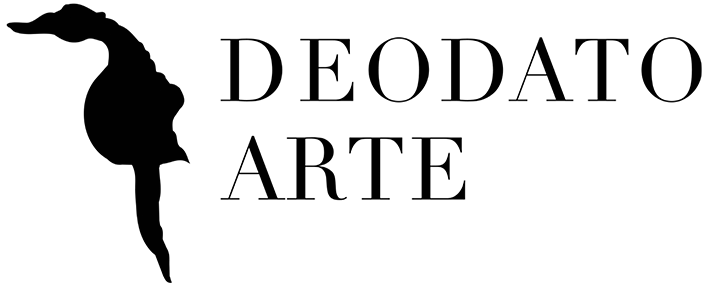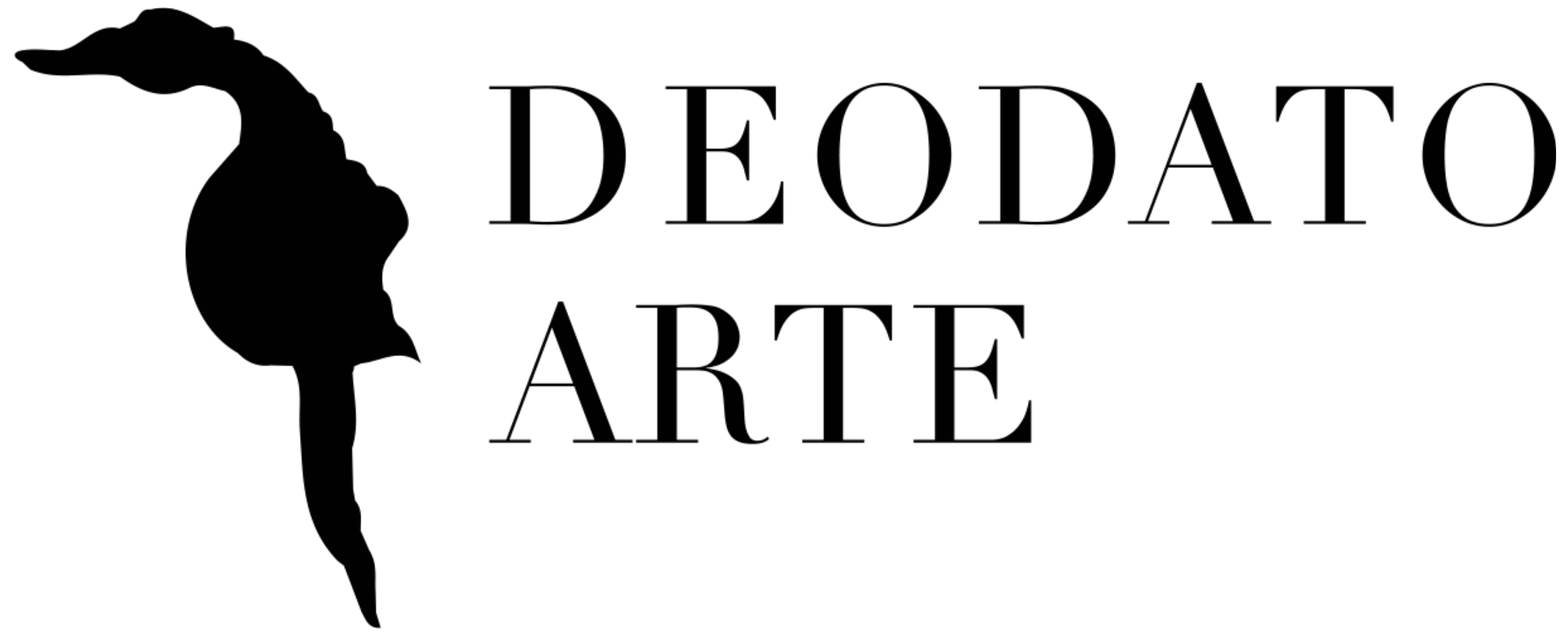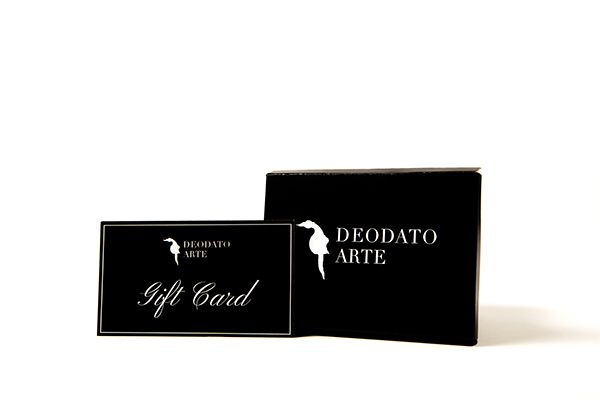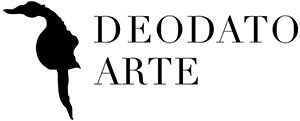
Let's face it: the mystery aura that envelops Banksy is one of the most fascinating aspects of the street artist. Despite the many hypotheses (among the proposals Mr. Brainwash, well-known French street artist, Robert del Naja, frontman of Massive Attack, Robin Cunningham, English street artist) his identity remains unknown and his origin, Bristol, is one of the few certain information.
Consistent with the message of protest launched by his art, Banksy is not represented by any gallery, does not release interviews and communicates through a small number of channels, first of all his official Instagram account.
Several legal actions took place for the unauthorized use of the brand "Banksy" for exhibitions and merchandising and on the official website of the street artist we can find a list of exhibitions organized without the artist's knowledge or involvement.
And last but not least, we have the Banksy fake paintings: how can I find out if I’m facing original Banksy art or not? For fraud or simple carelessness, it can happen that negotiations between private individuals, art galleries or auction houses involve works that will turn out to be fakes. In the absence of a reference gallery, until 2008 (when Pest Control was born), there was no guarantor for the authentication of Banksy's works. Since its explosive success, several fake works on different media have begun to circulate, appropriating the iconic stencils of the street artist, pretending to be original.
Recently Banksy's works have been seen at auction, leaving little doubt about their authenticity. Stencils clearly different from the originals, cardboard supports that we wouldn't expect and certificates of dubious reliability: in short, before buying a Banksy you need the utmost attention and the knowledge of a couple of rules of the market of the most popular street artist of the 21st century.
Pest Control: Banksy and the authentication of his works

The solution for these problems comes from Pest Control, the non-profit organization set up by Banksy himself in January 2008 with the aim of providing a valid authentication certificate guaranteed by the artist himself, helping buyers to avoid fraud.
The CoA (Certificate of Authenticity) - Pest Control - Banksy is today the only valid certification to establish the originality of a work by Banksy.
If a work does not have one, it does not imply that it is necessarily a fake and you can request it by contacting the company by email and fill out a form providing as detailed information as possible about the work (high definition photos, provenance, purchase receipts, etc.).
However, the procedure is complex and the works on the market should already be provided with the CoA. Obtaining certification can in fact take months and the width of Banksy's production can make authentication difficult, especially for works not intended for the market. This is the case, for example, of graffiti and street works: Banksy declared himself against authenticating them because they are often the result of unlawful appropriation and because the sale would contradict the real spirit of Street Art.

For screen prints it's easier: all the Limited Editions from 2002 onwards should have a Pest Control Authentication Certificate and if they are not, it shouldn't be a problem, if original, to get one.
Banksy: CoA Pest Control and the cryptographic method
While the process may seem traditional, the authentication technique is innovative and worthy of the nonconformity of Banksy.
CoA (Certificate of Authenticity), in addition to bearing the signature of Pest Control managers, uses a cryptographic method: together with the certificate, a fake banknote torn in half with an alphanumeric code on it is provided. The other half of the banknote (and the code) remains in the hands of Pest Control, which keeps registers of the owners of Banksy's works, each associated with a code.
The forger is thus forced to reproduce, in addition to the work, the other half of the banknote with the code (which he does not know) and all the details of the tear. The operation is almost impossible but, in case of success, the buyer, requesting a transfer of ownership to Pest Control, can verify the name of the collector from whom he is buying the work, comparing it with the company registers.
Il falsario è così costretto a riprodurre, oltre all’opera, l’altra metà della banconota con il codice (che non conosce) e con tutti i dettagli dello strappo. E se già così l’operazione è praticamente impossibile, in caso di riuscita l’acquirente, richiedendo un passaggio di proprietà alla Pest Control, può verificare il nome del collezionista da cui sta acquistando l’opera, confrontandolo con i registri della società.
In conclusion, we do not recommend the purchase of Banksy's works without Pest Control authentication and we remember that it should be the seller's task to provide a work with all the necessary certifications.
Do you have a Banksy or are you deciding to buy one and want to be sure of its authenticity? Write us at [email protected] or call us at n.0280886294 and we will give you all the necessary information without any obligation.











 Register
Register Wishlist
Wishlist Contact Us
Contact Us

